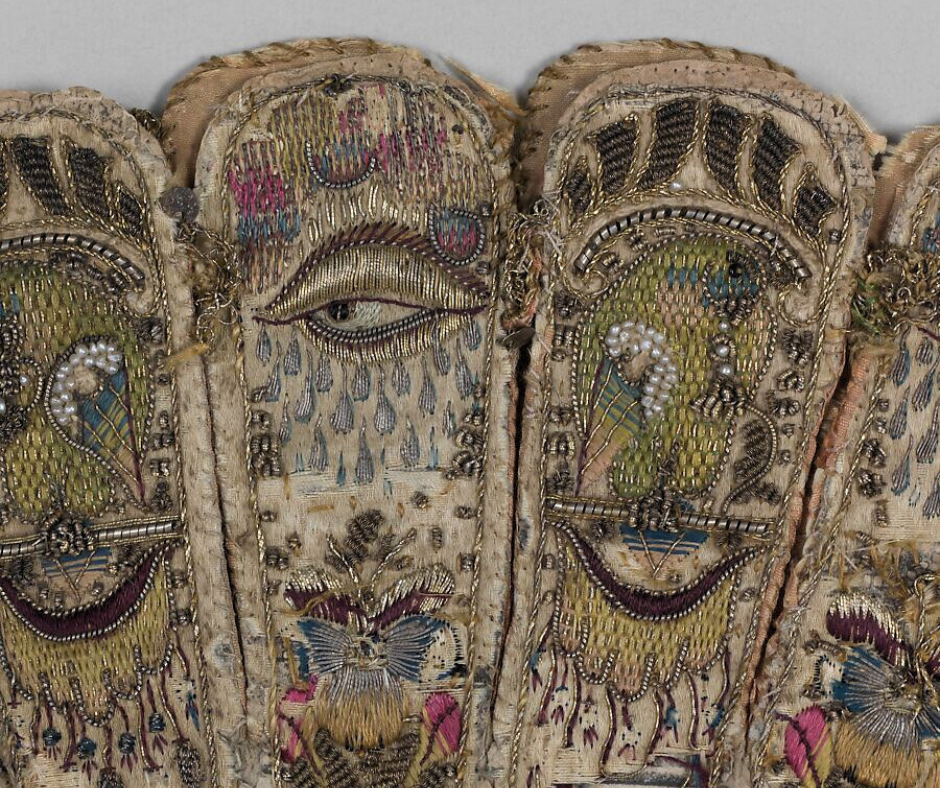

The Surprising Symbolism of Gloves in Art History and High Society
Summary
Reflection Questions
Journal Prompt
Today, we see black gloves merely as fashionable accessories and leather gloves as practical garments for warmth or protection. However, gloves hold a far deeper significance that weaves through the tapestry of art history and high society. Beyond their utilitarian purpose, gloves have been imbued with a rich palette of symbolic meanings, acting as silent communicators of power, status, and etiquette. In art of the sixteenth and seventeenth centuries, they are potent symbols, carrying meanings that range from purity and sanctity to love and challenge. Within the echelons of high society, particularly among women, gloves transcended their role as fashion accessories to become instruments of expression and subtle social negotiation. Whether delicately dropped as a token of favor, to indicate political alignment, or worn to signify refinement and distinction, gloves served as a nuanced language in the silent ballet of social cues and silent court warfare. In this article, we examine the surprising symbolism of gloves, exploring how they have been portrayed and perceived from the canvases of historical artworks to the meticulous manners of the aristocracy, highlighting the intricate roles they played in the hands of women as symbols of virtue, power, and intrigue. From the significance of only one glove to the meaning of white gloves, let’s learn!
The Evolving Historical Significance of Gloves
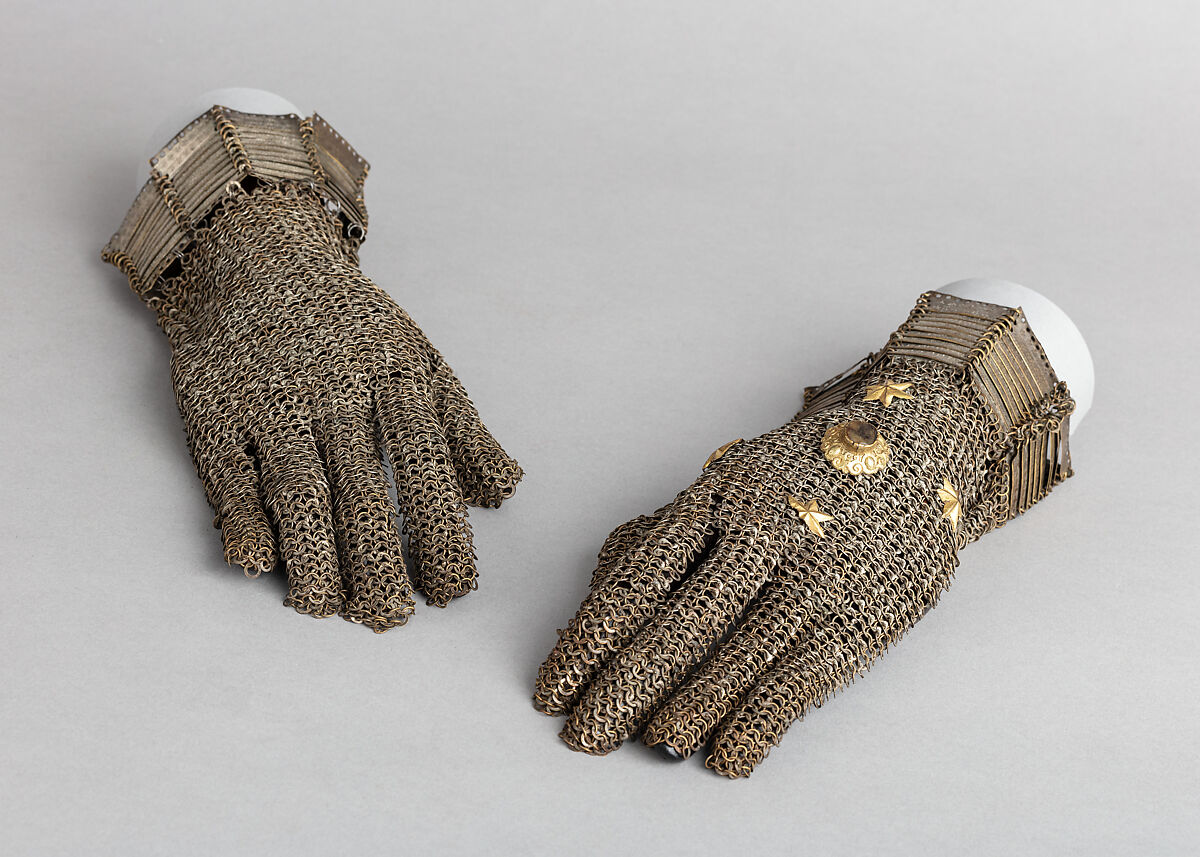

The history of gloves stretches back to ancient civilizations, where they were not just practical garments but carried profound symbolic weight in the upper class of these societies. In Egypt, gloves were found in the tomb of Tutankhamun, signifying their royal significance and perhaps serving as protection in the afterlife. Of course, it’s important to note that these are not typical of the broader Egyptian culture. Gloves were rare in ancient Egypt and not commonly used or symbolically significant across the society.
In Roman culture, gloves depicted social status and were used by soldiers to protect their hands during battle. Beyond practicality, gloves in these early times were imbued with symbolism in rituals and ceremonies. For instance, priests and religious figures wore gloves as a sign of purity and to separate the sacred from the profane, a practice that highlighted the glove’s role in mediating between different realms of existence.
Gloves in the Middle Ages and Renaissance Europe
Throughout the Medieval and Renaissance periods, gloves ascended as symbols of power, trust, and respect. They were often used in coronations, where a king might receive a glove as part of the regalia, symbolizing the divine right to rule and the king’s protection under God. Adorned with silk and metal threads, beads, and precious jewels, gloves were not only meaningful but also strikingly beautiful and shockingly expensive.
Wearing Gloves: Symbolism in Portraiture and Polite Society
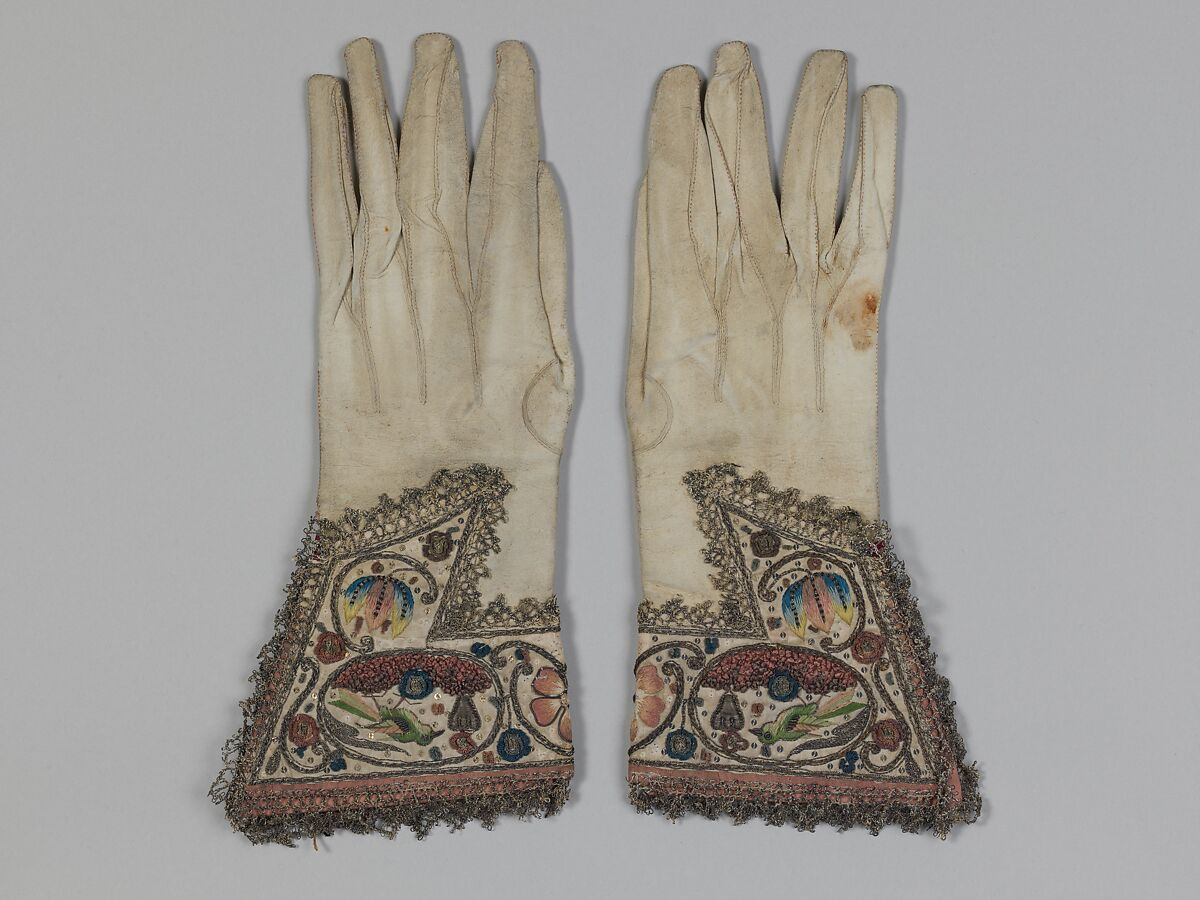

Today, you’ll find fifteenth, sixteenth, seventeenth century gloves in many a museum’s collection (including those in San Francisco, New York, and abroad). At the time they were fashioned, a pair of gloves was also esteemed as status symbol gifts among the nobility, embodying bonds of loyalty and respect. In chivalric culture, a knight receiving a glove from a lady signified a token of favor and an obligation of protection. This era amplified the glove’s symbolic resonance, transforming it into an emblem of authority, honor, and the intricate social hierarchies that characterized the period. For example, this Metropolitan Museum of Art resource notes that in 17th century Europe, “Gloves could be indicative of both romantic love or political allegiance…as a surrogate for their owner.”
Gloves as Symbols in Art


In religious iconography, gloves hold significant symbolic weight, often representing purity and sanctity. Many medieval and Renaissance paintings depict saints and clerical figures adorned with gloves, particularly when performing sacred rites or in the presence of the divine. These gloves, usually white or gold, signify the wearer’s cleanliness and separation from earthly impurities, embodying the spiritual purity required to serve in religious capacities.
For example, in various depictions of the Mass, priests are shown wearing gloves as a sign of respect for the holy sacraments they handle, reinforcing the idea that the sacred and the profane must be kept distinct. This symbolic use of gloves underscores the reverence and solemnity attributed to religious ceremonies and the figures who preside over them.
Portraiture and Status
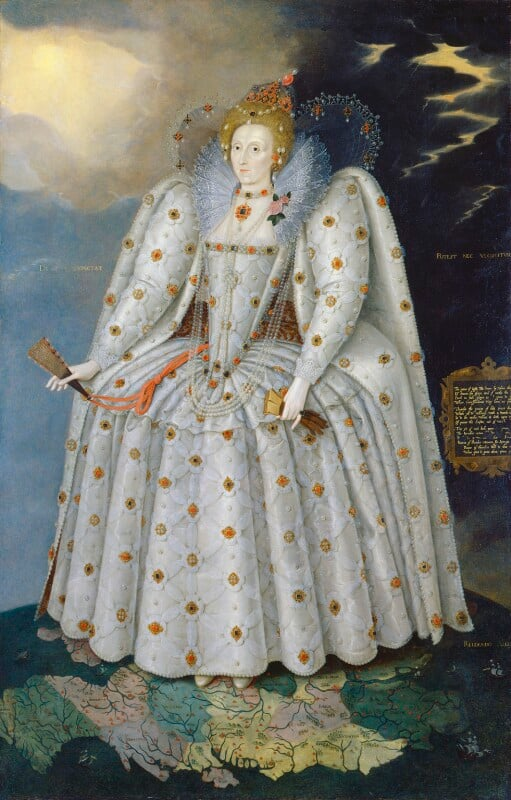

Gloves in portraits often serve as subtle yet powerful indicators of the subject’s status, profession, or character. During the Renaissance, for instance, a portrait subject might be depicted holding a glove or with gloves prominently displayed to signify their wealth, social standing, or refinement. For example, the famous “Ditchley portrait” of Queen Elizabeth I depicts the monarch clutching a pair of orange gloves.
Notable examples include Hans Holbein the Younger’s portraits of the Tudor court, where gloves emphasize the sitter’s nobility and sophistication. Similarly, in portraits by Titian, gloves sometimes appear to underline the subject’s power and influence. The inclusion of gloves in these artworks is not merely incidental; it is a carefully considered choice that communicates key aspects of the subject’s identity and status within society.
Gloves in Genre and Allegorical Paintings
In genre and allegorical paintings, gloves can carry a range of symbolic meanings, from love and fidelity to authority and social conduct. Scenes of everyday life might include gloves to suggest the social rituals or customs of the time, such as courtship or mourning. In allegorical works, gloves can represent deeper themes, such as the transient nature of wealth and the importance of good deeds.
For example, in some Dutch Golden Age paintings, gloves are depicted as discarded or removed, symbolizing the relinquishing of earthly possessions or the revealing of one’s true character. These artworks use gloves not just as objects within the scene but as vehicles for conveying broader messages about human behavior and societal values, inviting viewers to contemplate the underlying moral or philosophical commentary.
Examples of Glove Symbolism in Art
Gloves appear as symbols in numerous works of art across different periods, serving as powerful indicators of status, profession, societal norms, or personal attributes. These paintings highlight how gloves have been used to convey complex messages about their wearers’ identity, status, and the cultural values of their time. Below are details about a few specific paintings in which gloves play a symbolic role.
“The Ambassadors” by Hans Holbein the Younger (1533)


This painting famously features two men standing beside a table covered with various objects symbolizing the wealth and knowledge of the Renaissance world. A pair of gloves lies on the shelf beneath them, symbolizing the social status and refinement of the subjects.
“Portrait of Henry VIII” by Hans Holbein the Younger (1536-1537)
In this iconic portrait, Henry VIII is depicted with a massive presence, and his hand rests authoritatively on a glove, symbolizing power, control, and royal authority.
“Lady with a Fan” by Diego Velázquez (1638-1639)
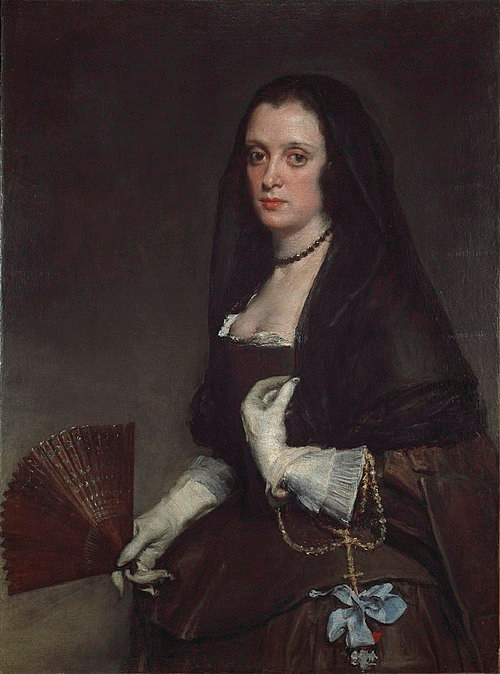

This portrait features a young woman holding a fan with gloves, indicative of her social standing and the fashion of the Spanish court.
Final Thoughts on the Symbolism of Gloves
From the sacred halls of religious iconography to the intimate gestures of courtship and honor, gloves have served as silent yet eloquent testimonies to the values, virtues, and vanities of human societies across ages. Their depiction in art and their role in social customs invite us to reflect on the subtle ways in which objects can carry weighty meanings, encapsulating the complexities of human interactions and societal norms. As we consider the surprising symbolism of gloves in art history and high society, we are reminded of the enduring power of material culture to convey deep-seated beliefs and to ornament our lives with layers of meaning beyond the immediately visible.








